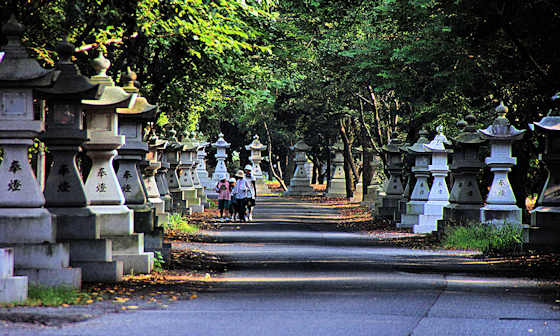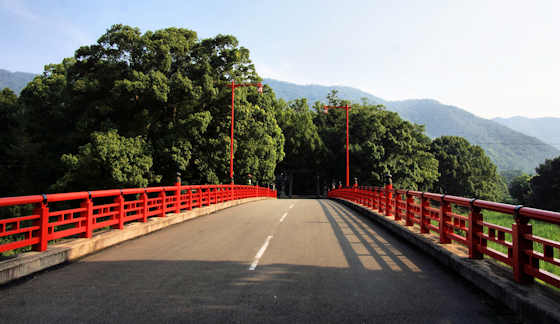This is one of the more bizarre buildings I have come across in rural japan, its the Kamo Culture Hall in the small town of Kamo, now part of Unnan Town up in Izumo.
Kamo has a population of about 6,000, and yet has this huge concert hall and conference center. many smaller towns and villages in Shimane have such facilities. Maybe we in Shimane are an especially cultured people, or maybe before the bubble burst japan poured insane amounts of money into useless construction.
There is an element of fantasy in the design, and it also seems to be a mishmash of influences. I must admit that on first viewing from a distance I though it might have been a nuclear power station or some sort of industrial complex.
It was built in 1994 and the architect is Toyokazu Watanabe, not someone I have heard of before, but seems fairly well known for his "Breast House" in Kyoto.
Kamo is in the area of Izumo where the Yamata no Orochi myth is set, and according to the architect this was an influence on his design....












































